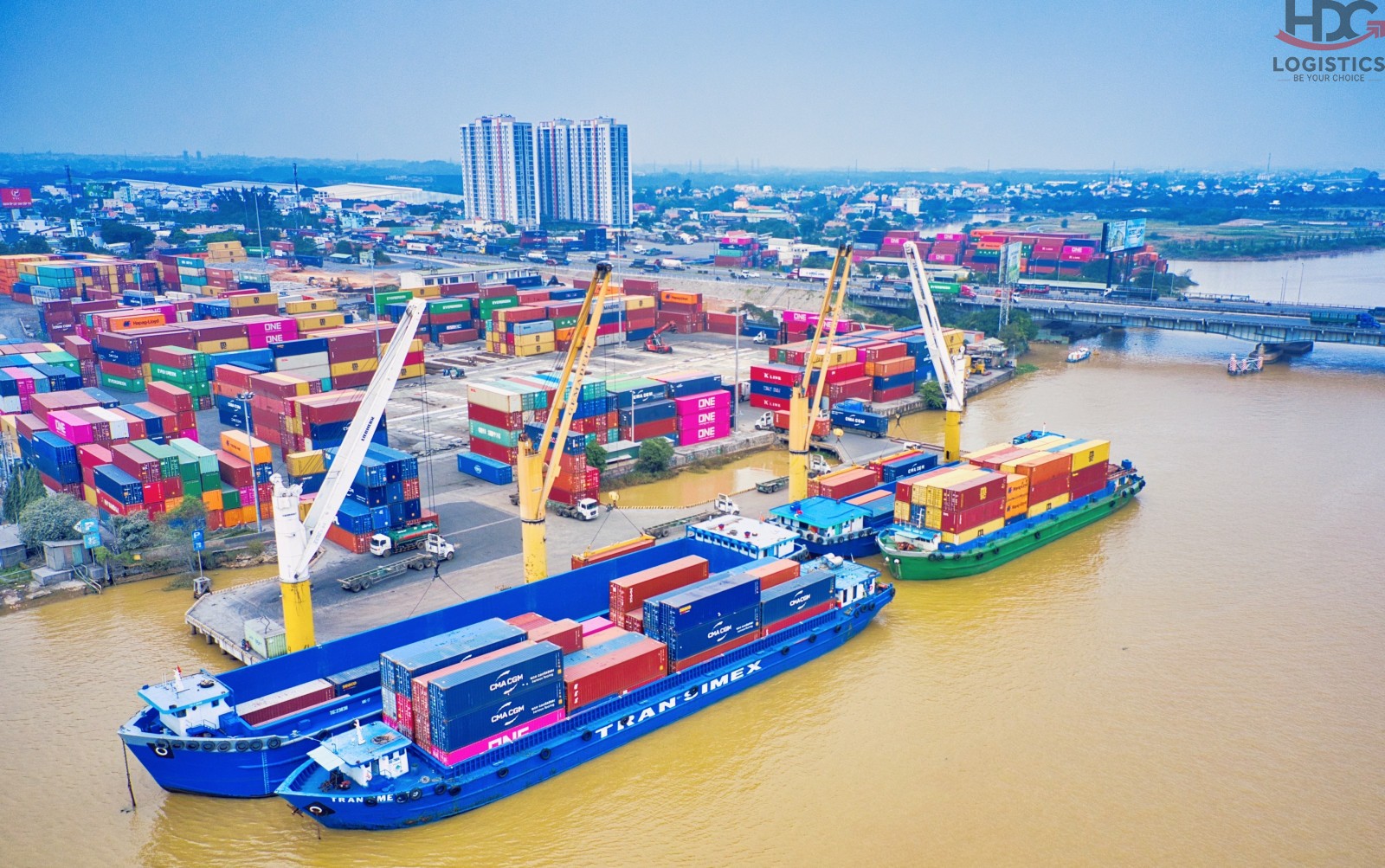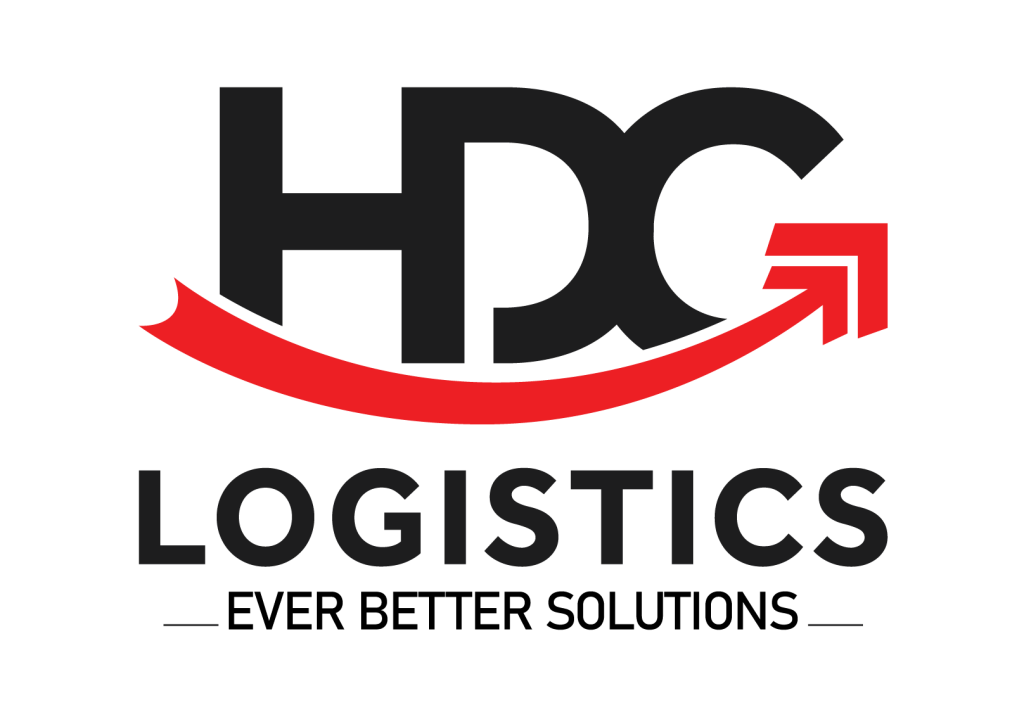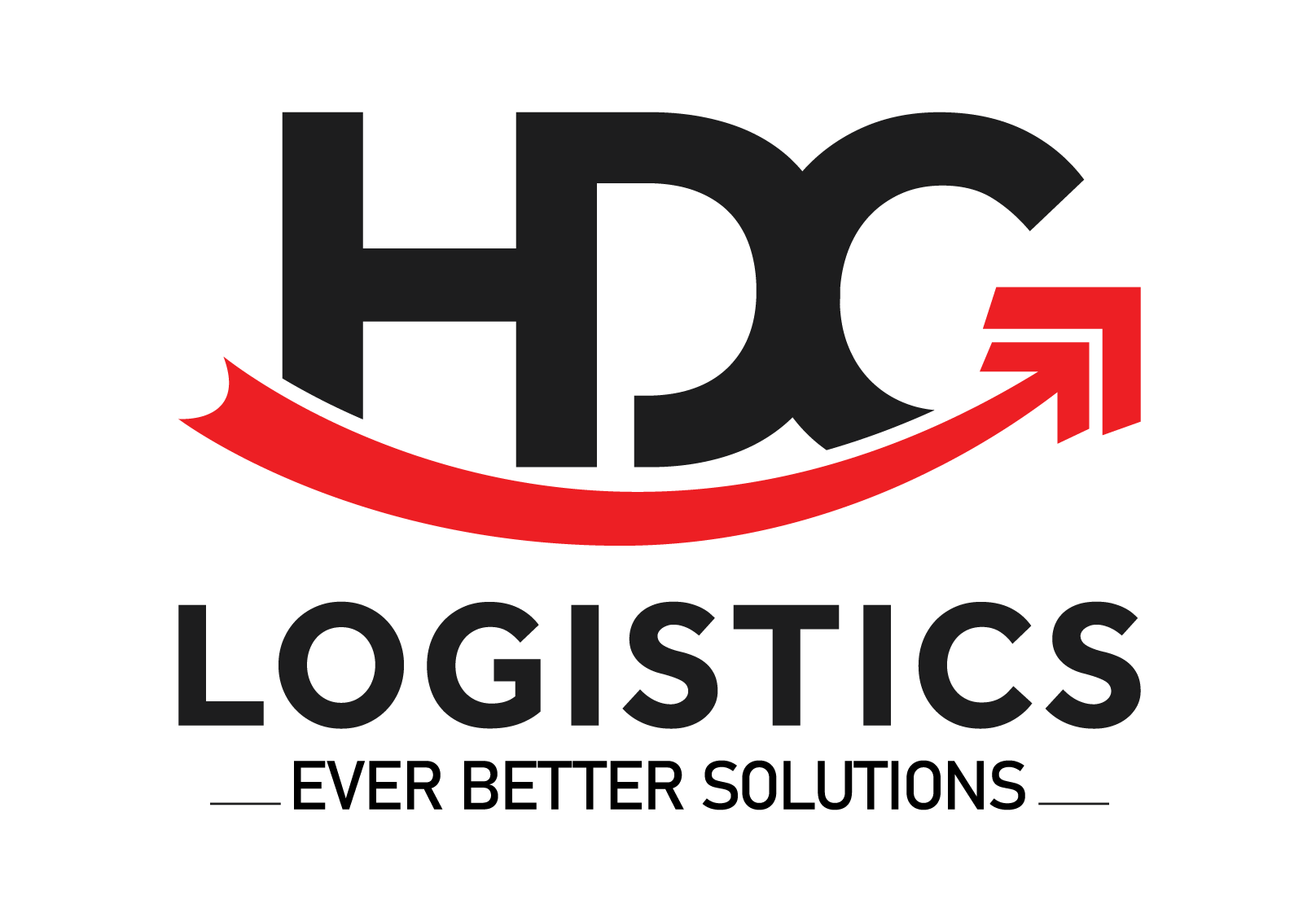Today, on-the-spot import and export is becoming popular and popular with many Vietnamese businesses, in parallel with the traditional form of import and export. To ensure a smooth business process, it is essential to understand how to open an import and export declaration on the spot.

I. What is on-the-spot import and export?
On-the-spot import and export is a special form of trade in which the exporter in Vietnam sells goods to a foreign trader (the importer), and then this importer assigns the delivery to another unit right in the territory of Vietnam.
It is a flexible transaction method that saves time and costs in transporting goods, while also minimizing complicated customs procedures when goods do not need to cross national borders. For example, a packaging company in Hung Yen may sell goods to a Taiwanese company, and then deliver the carton shipment to a garment company in Hai Duong as designated by the Taiwanese trader.
Stakeholders in on-the-spot import-export relations include on-the-spot exporters (exporters), on-the-spot importers (importers), and foreign traders who designate forwarders. Goods subject to on-the-spot import and export are usually processed products, borrowed or borrowed machinery and equipment, surplus raw materials and supplies, scraps and discarded products under processing contracts, and must meet the conditions on import and export management of goods, taxes and other financial obligations as prescribed by law.
II. Goods items eligible for on-the-spot import and export declarations
When guiding the opening of import and export declarations on the spot, enterprises need to determine in advance the items eligible for opening the declaration. According to Article 86 of Circular No. 38/2015/TTBTC issued by the Ministry of Finance, items allowed to open import and export declarations on the spot include: processed products; borrowed or borrowed machinery and equipment; excess supplies and raw materials; waste products and scraps under product processing contracts as prescribed in Clause 3, Article 32 of Decree No. 187/2013/NDCP; goods in transactions between domestic enterprises and enterprises in export processing zones and non-tariff zones; as well as goods in transactions between domestic enterprises and foreign organizations and individuals not present in Vietnam, with the delivery and receipt of goods designated by foreign traders to other enterprises in Vietnam.
III. Conditions for opening on-the-spot import and export declarations
Before opening an Onspot export and import declaration, enterprises need to meet specific conditions to open an Onspot export and import declaration. There are two scenarios to consider:
In case of opening an electronic import and export declaration on the spot, individual business households that do not own an electronic digital signature and tax identification number of the enterprise will not be eligible to open an electronic import and export declaration on the spot.
The types of goods allowed to open electronic on-the-spot import and export declarations must be on the list specified in Article 86 – Circular No. 38/2015/TTBTC of the Ministry of Finance.
In case of opening paper import and export declarations, according to Clause 2, Article 25, Decree No. 08/2015/NDCP, the following goods are allowed to be declared on paper customs declarations:
- Exports and imports of border residents;
- Exports and imports in excess of the duty-free norms of persons on exit/entry;
- Emergency relief goods, humanitarian aid;
- Goods are gifts, gifts, movable property of individuals;
- Goods used as means of storing rotating goods by the mode of temporary export for re-import or temporary import for re-export specified at Points a and b, Clause 1, Article 49 of Decree No. 08/2015/NDCP;
- Goods temporarily exported for re-import, temporarily imported for re-export in service of a specific task within a certain period of time, accompanied by exit/entry passengers;
- In case the e-customs declaration is allowed to be opened but cannot be done due to an error in the e-customs system, the customs authority shall notify on the customs website within 01 hour from the occurrence of the incident;
- Other types of goods as prescribed by the Minister of Finance.

IV. Customs dossier for opening an on-the-spot import and export declaration
In the guidance for opening import and export declarations on the spot, the preparation of customs dossiers for goods is very important. Customs dossiers for on-the-spot import and export shall comply with the provisions of Article 16 of Circular No. 38/2015/TTBTC dated March 25, 2015, amended and supplemented in Circular 39/2018/TTBTC.
1. Customs dossier for on-the-spot export
An on-the-spot export customs dossier comprises:
- On-the-spot import and export declaration (electronic type) form in Appendix II issued together with Circular 38/2015/TTBTC. If it is a paper customs declaration, the declaration shall be made according to the form HQ/2015/XK in Appendix IV issued together with Circular 38/2015/TTBTC: 02 originals.
- Commercial invoice (or equivalent document) if the buyer has to pay the seller: 01 photocopy (signed for the foreign trader).
- Export license (or equivalent papers permitting export): 01 original for one-time export, 01 photocopy enclosed with the reconciliation tracking slip for multiple exports.
- Certificate of specialized inspection (if any): 01 original.
- Documents of organizations and individuals proving eligibility for import of goods as prescribed by law: 01 photocopy when making the first shipment.
- Entrustment contract (if any): 01 photocopy.
- Other documents (except for B/L bills of lading) as prescribed for exports.
2. Customs dossier of on-the-spot import
A customs dossier for on-the-spot import comprises:
- The e-customs declaration is made according to form 01, Appendix II issued together with Circular 38/2015/TTBTC. If it is a paper customs declaration, according to the form HQ/2015/NK Appendix IV issued together with Circular 38/2015/TTBTC: 02 originals
- Commercial invoice (or equivalent document): 01 photocopy.
- Import permits, if they are goods, must have this permit, import permits according to tariff quotas: 01 original with one-time import, 01 photocopy enclosed with the reconciliation monitoring slip with multiple imports;
- Certificate of specialized inspection as prescribed by law (if any): 01 original.
- Documents of organizations and individuals proving eligibility for importing goods as prescribed by law: 01 photocopy with the first shipment;
- The value declaration shall be made according to the form specified in Circular 39/2015/TTBTC, sent to the system in the form of electronic data, or directly submitted to the customs office 02 originals if the paper customs declaration is made.
- Papers certifying the origin of goods;
- Entrustment contract (if any): 01 photocopy;
- Other documents (except for B/L bills of lading) as prescribed for imported goods.
3. Customs procedures when opening an on-the-spot import and export declaration
Regardless of the form in which import and export activities take place, stakeholders must strictly comply with the legal provisions related to the policy.
For on-the-spot import and export, detailed instructions on opening export declarations have been mentioned in the following legal documents:
- Decree 08/2015/ND-CP (amended and supplemented by Decree 59/2018/ND-CP).
- Circular 38/2015/TT-BTC: Clause 2 and Clause 5 Article 86 (amended by Clause 58 Article 1 of Circular 39/2018/TT-BTC).
These documents have clearly stipulated the responsibilities of importers, exporters and customs offices in carrying out customs procedures for on-the-spot import and export declarations, specifically:
Responsibilities of the exporter:
- Complete the contents of the declaration of export goods and declaration of combined transportation, pay attention to select “Internal management number of the enterprise” and write the location code of the Sub-Department of Customs to carry out import procedures at the “Destination for tax-suspension transportation” according to Appendix II of Circular 38/2015/TT-BTC.
- Carry out on-the-spot export procedures as prescribed.
- Delivery of goods to importers after the declaration of export goods is cleared by Customs.
- Notify the importer of the completion of export customs procedures so that they can proceed with the import.
- Receive information from the importer that the on-the-spot import and export declaration has completed customs clearance to proceed to the next steps.
Responsibilities of the importer:
Complete the information in the import declaration on time, clearly write the number of the on-the-spot export declaration at the “Internal management number of the enterprise” on the import declaration, or at “Other records” on the paper customs declaration as instructed.

4. Notes on customs procedures when opening on-the-spot import and export declarations
In addition to the guidance on opening on-the-spot import and export declarations, organizations and individuals need to pay attention to the following points when carrying out customs procedures for on-the-spot import and export declarations:
- The customs declaration is only valid for carrying out customs procedures for 15 days from the date of registration.
- Declaration of goods to open an on-the-spot import and export declaration must strictly comply with regulations on Onspot export and import, the time in the purchase and sale contract, and the legal order.
- For on-the-spot imports and exports designated by foreign traders, every month, the on-the-spot importer needs to compile and make a list of customs clearance declarations according to form 20/TKXNTC/GSQL in Appendix V of Circular 38/2015/TTBTC and send it to the managing tax authority.
- In special cases, enterprises that are prioritized, partners of enterprises that are prioritized, enterprises that comply with the customs law or partners of enterprises that comply with the customs law that carry out on-the-spot import and export many times in a certain period of time may deliver goods first and carry out procedures for opening customs declarations later. but not more than 30 days from delivery and receipt of goods.
- Customs declarants can register to open import and export declarations on the spot at the most convenient Sub-Department of Customs.
- If the import and export declaration is opened at the same time at the customs office and the export declaration has been physically inspected and customs clearance procedures have been completed, the import declaration may be exempted from the physical inspection of goods as prescribed.
- If the deadline for opening the reciprocal import declaration is overdue, it will be sanctioned according to Clause 3, Article 1 of Decree No. 45/2016/NDCP.
- Policies on taxation and management of import and export goods should comply with regulations at the time of registration of customs declarations.
Here is detailed information about instructions for opening an on-the-spot import and export declaration from HDG Logistics. We hope this information will be useful.



 Tiếng Việt
Tiếng Việt 日本語
日本語 中文 (中国)
中文 (中国)

